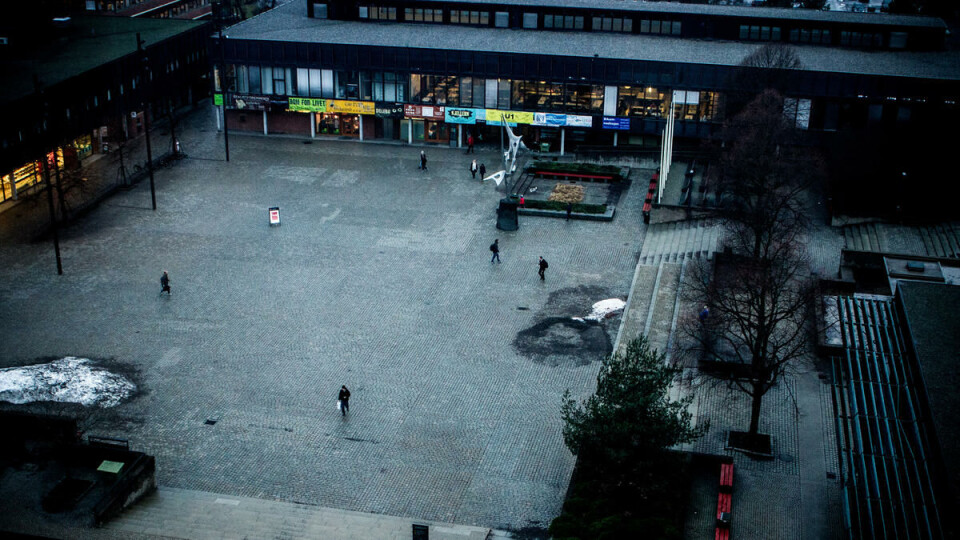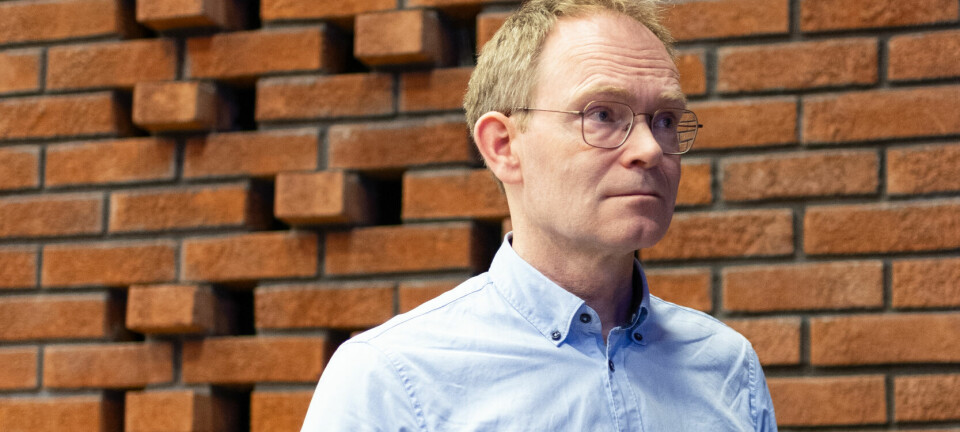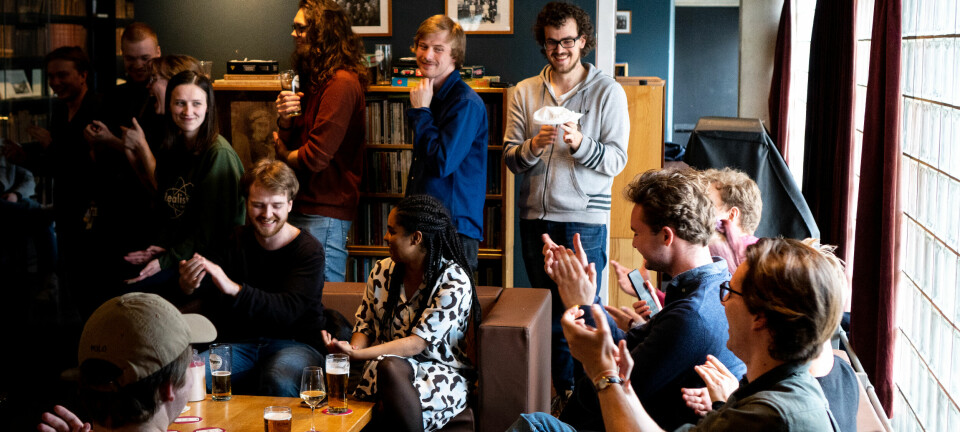
What happens when a student dies?
Sometimes things happen that should not, and a young person dies. What do the educational institutions do when they lose a student?
Death is a difficult topic, no matter where it strikes. It is especially difficult when young people die because it is not simply a life that is lost, but a future. When a student dies, the loss of a future is all the clearer because a student has embarked on an education making plans for their future. So what happens then, when tragedy strikes and a future is lost?
Few deaths
In 2014, 168 people aged 20-29 died, according to statistics from Statistics Norway (SSB). Not all of them were students, but some of them were. Someone left an empty seat in the lecture halls, and someone lost a close friend or had to cope without a study buddy.
– Fortunately, it doesn’t happen so often that students die, says study director at University College in Oslo and Akershus (HiOA), Marianne Brattland. She believes that it has happened twice the last two years at the University College, but HiOA is well prepared when tragedy does occur.
– We have what we call a psychosocial plan, so we have a routine we follow. We inform the employees and students, and arrange a memorial service for the deceased, says the HiOA study director.
Seek company in the grief
Both HiOA and the University of Oslo (UiO) have student chaplains on campus. They are extra important when a student has died.
– For us student priests it’s important that information about the death is given to the students, and that fellow students of the deceased are cared for in a good way, says student chaplain at HiOA, Halvor Berg Hovind.
He and his colleagues help organize a memorial service for the bereft, for students and staff who wish to mark the death, and they make themselves available for talks with the affected students after the memorial service. For some, the grief is heavy to bear.
– The student community is important in such a situation, says Hovind.
A suitcase for the memories
– The memorial service is taken care of by the faculty and classes, because we want it to be as close to them as possible, explains study director Brattland. Each faculty has a suitcase with equipment you may need to hold the service. It contains, among other things, candles, candle sticks and table cloths.
Students also get information about where they can turn if they would need more help.
– They are told of the possibility for talks with student priests, and talks offered by SiO Health, says Brattland.
Student Initiative
UiO has similar routines as HiOA, but do not always organize the memorial service.
– It is context-dependent and will be assessed on a case to case basis, says Anne Berg Fall, who is an advisor at the section for communications and student information at the University.
Relevant factors concerned are what time of year the student died and whether someone expresses a desire for a memorial service.
– The initiative for having a memorial service usually comes from fellow students, or other parties, like a student organisation in which the deceased was active, explains Bergfall. She specifies that the resource group, consisting of psychologists, councillors and priests, then will assist.
Being a part of a class matters
UiO, then, doesn’t have a suitcase with things you can use in a memorial service standing in each faculty, such as HiOA has. Study Director at HiOA, Marianne Brattland, thinks this might be because there isn’t as strong a «class feeling» at the University of Oslo like there is at HiOA, so a memorial service might not always be perceived necessary. Nor is there a suitcase at Norwegian Business School (BI). Their routine is similar to the one at UiO.
– We have a contingency plan in case of death, but each case requires us to use our judgment, and care for those who need it, regardless of whether they are many or few, says student chaplain at BI, Bjørn Eirik Bjerkreim-Bentzen.


